
Neighbourhood character is a clear example of an issue which cannot be reduced to simple rules. It requires qualitative assessment and the exercise of judgement. Similarly drafting a prescriptive standard to achieve objectives of building articulation to reduce bulk has proved unsuccessful. The focus of assessment of development proposals should always be on outcomes, not the satisfaction of rules for their own sake.
ResCode 2000: Part 1 Report – December 2000
The new DELWP paper Improving the Operation of ResCode: A New Model for Assessment -open for consultation here until next week – is presented as a streamlining of a cumbersome set of existing controls. It presents the alluring possibility of a world in which residential development standards set a fully objective baseline, and the kind of discretionary assessment currently applied to residential development is essentially only required when those standards are varied.
The premise is understandable – the ResCode controls are complex to administer (whether they are disproportionately complex is a different question, to which I shall return). The lure of efficiencies to be achieved with a truly objective baseline for assessment – especially when paired with not-yet-existing-but-foreseeable digital tools that would automate the initial compliance screening – is compelling.
But the paper presents a shortcut. It assumes the current controls can be modified into such objective standards without a rethink – indeed, it wrongly suggests that what is proposed is more-or-less just clarifying the controls so that they worked as intended.
The problem, though, is that the paper underestimates the role that the flexibility and discretion built into the current controls currently play. It suggests a streamlining of controls without doing the additional regulatory design work that would make this feasible. It therefore removes the aspects of ResCode that currently work to achieve acceptable outcomes, without adding back in sufficient mechanisms to take their place.
Continue reading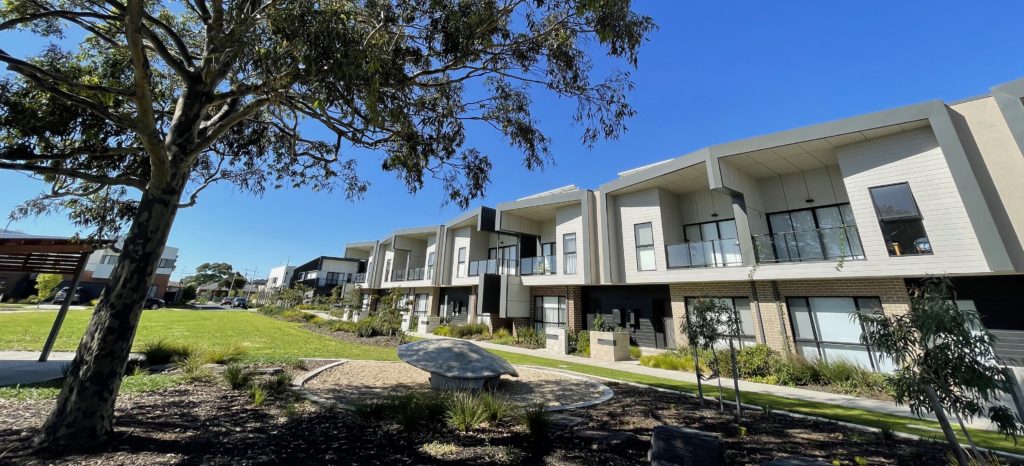
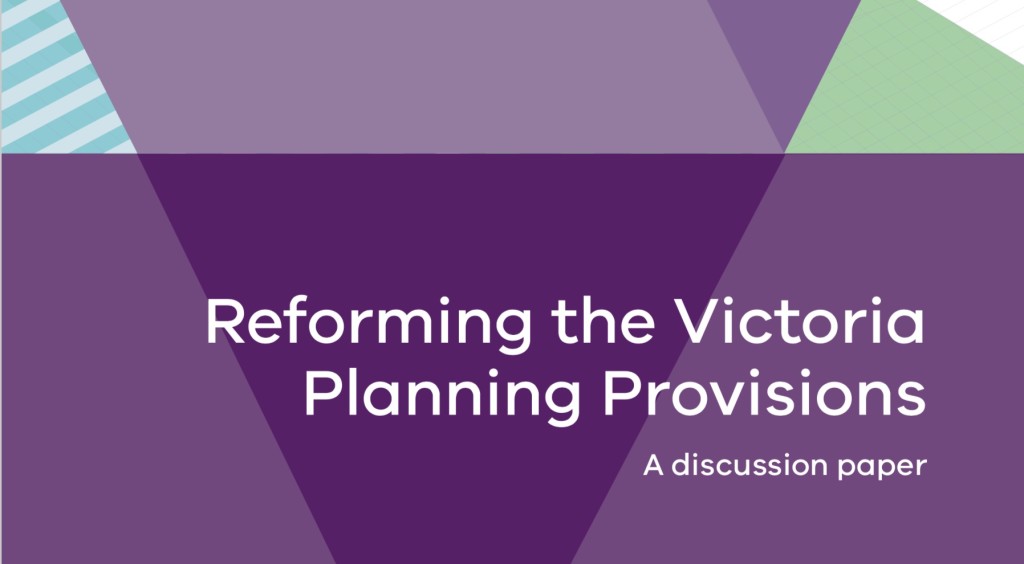
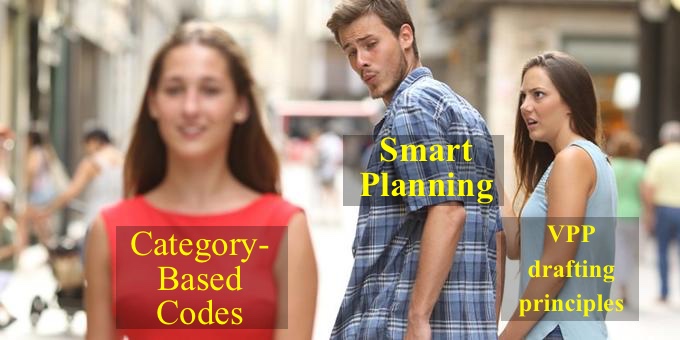
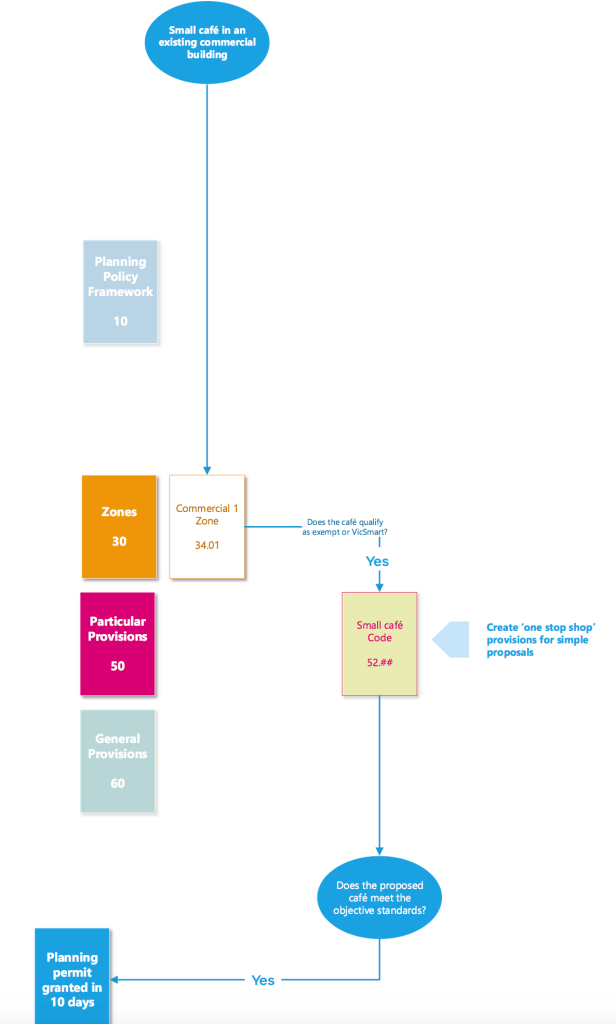
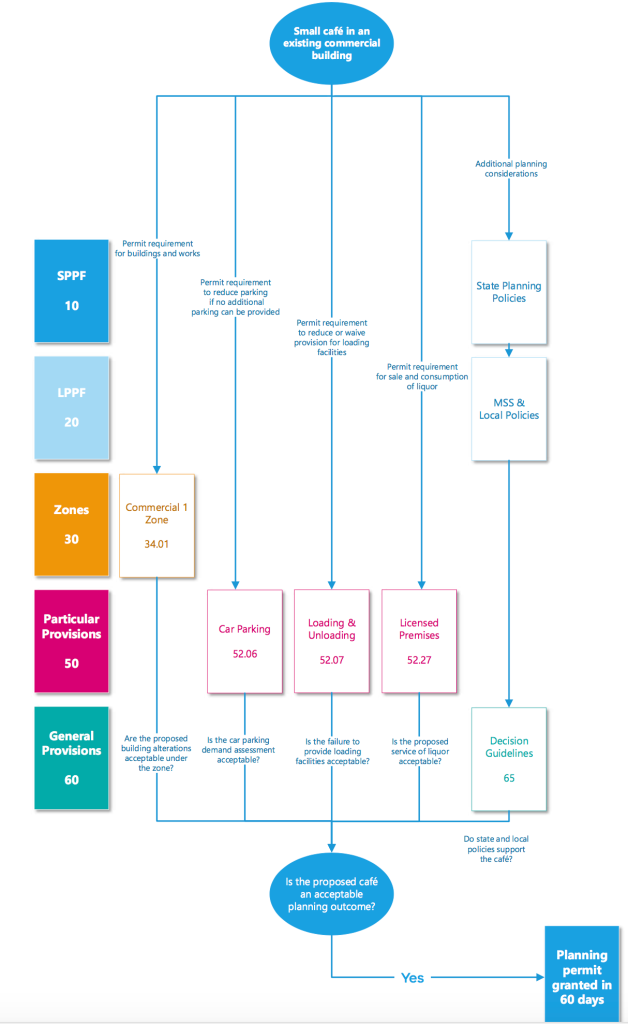
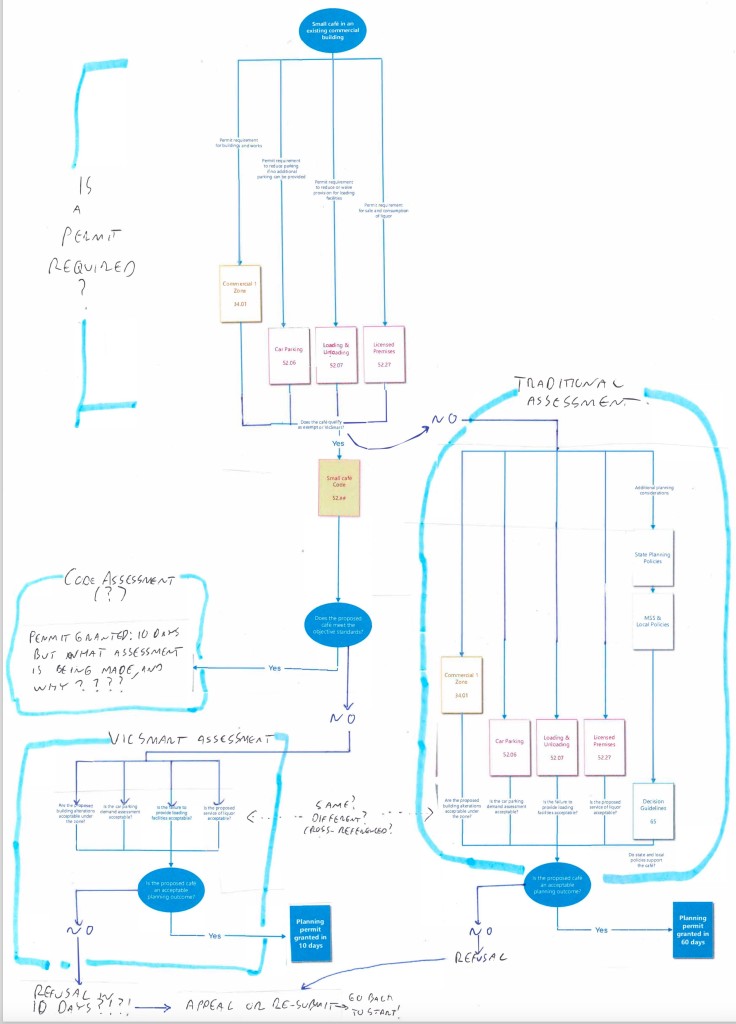


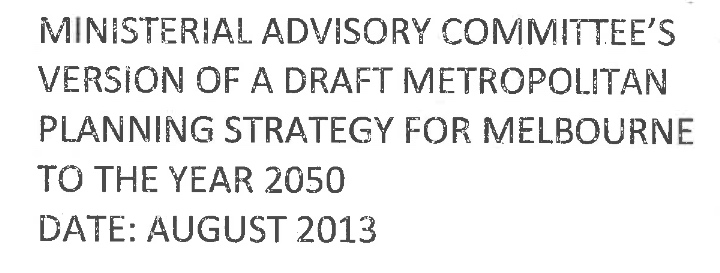 I am quoted in
I am quoted in 